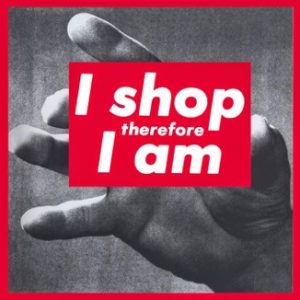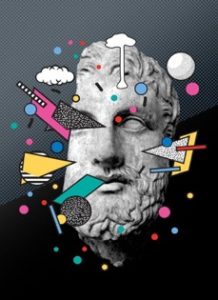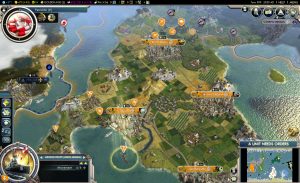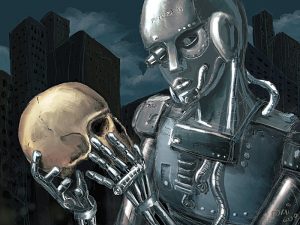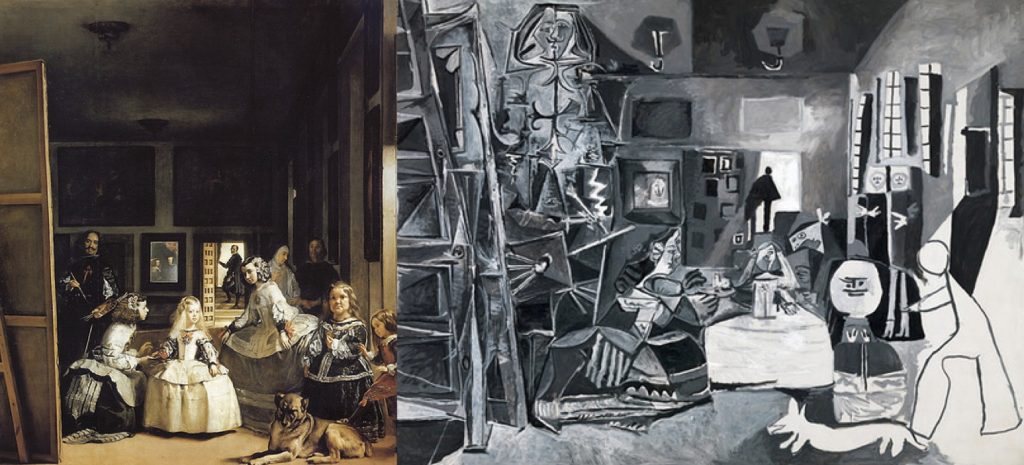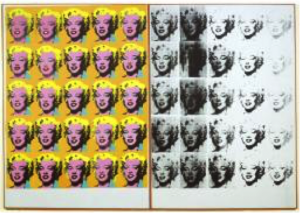The first image I chose is a creation by Barbara Kruger, whose work mainly includes things related to consumerism and feminism. All of her work has a true meaning hidden in them. The phrases in her works often include pronouns such as “you”, “your”, “I”, “we”, and “they”, addressing cultural constructions of power, identity, and sexuality. In this case, it directs to consumption. Her works are mainly ethical, social, political, economical and humanistic based. In this particular poster, I like how she has used red, black and white colours. Red is a dominant colour and to promote a message to a large audience, red is a colour that can be very useful. I love how she has combined few images and has created a poster out of it. This particular poster of Barbara Kruger was and is still very famous and popular among audience.
This is the second postmodern image I chose, this has a lot of techniques related to photo manipulation which is one of my favorite areas of design to work with. I like how the creator has used multiple images to create a poster. The background seems to be plain and simple which is totally matching with the objects placed on the foreground. This poster has a variety of colors used in it. The combination of different images used to form a poster in this is totally balanced, which gives the poster a refined look.
This is the third postmodern image I chose, it has a combination of designing techniques like addition of typography, photographs and objects in it. The placement of all the objects seems to be refined. The colors used in this poster give the poster a very bright, colorful and artistic look. In terms of visual mapping, the poster seems to follow the correct visual mapping pattern as the visual mapping starts from the upper right corner and ends smoothly towards the bottom left corner.
This poster could be an example when I create my projects as it has a balanced combination of typography, photographs, colors and other designs.

